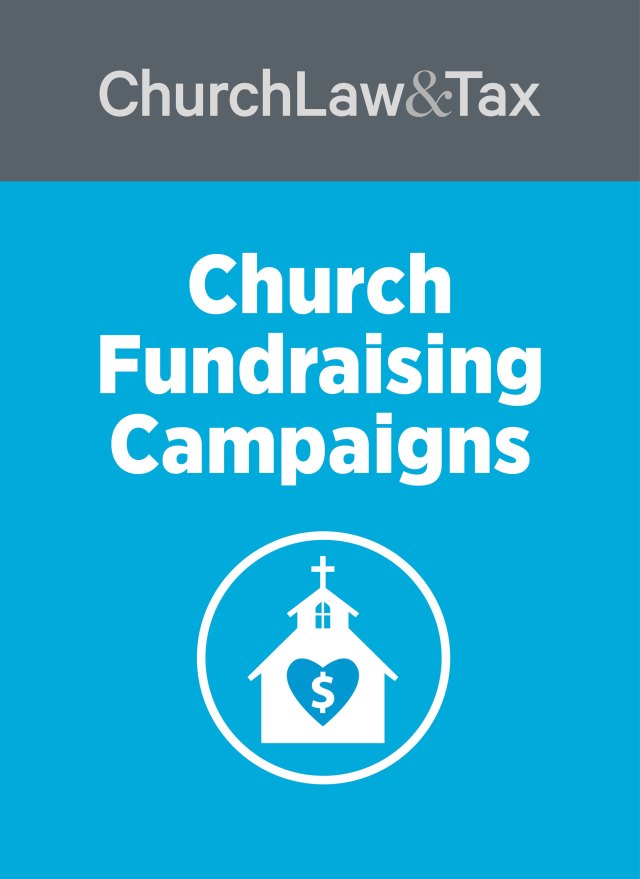The charitable contribution statement is one of the most underutilized tools in church communication. While it’s often viewed as a legal obligation, it can be much more—an opportunity to build trust, connect impact with giving, and inspire further generosity.
Nonprofits excel at leveraging contribution statements, and churches can too. The key is intentionality. Here are 16 actionable tips to help you create meaningful and impactful charitable contribution statements.
1. Use High-Quality Materials
The quality of your paper, ink, and envelopes matters. Avoid using the cheapest materials available. These details reflect how your church values its donors and its mission.
2. Personalize the Message
Address donors by name instead of using generic salutations like “Dear Friend.” Use variable data to create a more personal connection.
3. Focus on Storytelling
Include a letter that highlights measurable ministry accomplishments, shares current progress, and outlines future goals. Stories help donors see the tangible impact of their giving.
4. Don’t Fear Length
Compelling direct mail can be longer than one page. People don’t avoid reading—they avoid reading uninteresting content. Ensure your message is engaging and relevant.
5. Make It Readable
Use bullets, subheadings, and short paragraphs to make your content scannable. Cater to both skimmers and detailed readers.
6. Avoid Insider Language
Use clear, relatable language instead of church jargon. Stories and statistics can help bridge the gap and resonate with all readers.
7. Highlight Progress Toward Goals
Demonstrate measurable progress toward meaningful objectives. This builds trust and motivates donors to continue supporting your mission.
8. Include a Clear Call to Action
Don’t assume readers know what you want them to do. Clearly state how they can continue supporting the church or make an additional gift.
9. Utilize the P.S. Line
Many readers will skip directly to the P.S. Use it to summarize your message and include essential information for those who scan.
10. Provide Year-to-Date Comparisons
Show donors how their giving compares to previous years. This can encourage additional gifts from those who want to “catch up” or surpass last year’s contributions.
11. Include a Postage-Paid Envelope
Make giving easy and immediate by including a postage-paid envelope. This small step can significantly boost response rates.
12. Send Quarterly Statements
Frequency matters. Send contribution statements at least quarterly to keep donors informed and engaged. Consistent communication reinforces trust.
13. Re-Engage Past Donors
Include donors from the current and previous year. This is an opportunity to reconnect with individuals who may have lapsed in their giving.
14. Offer a Point of Contact
Provide a staff member’s name, email, and phone number for questions. Few will use it, but it demonstrates your commitment to donor relationships.
15. Provide a Digital Option
Include a link to an online giving platform. Nearly one-third of online donations originate from direct mail letters, making this an essential component.
16. Coordinate Across Channels
Ensure your messaging about ministry impact and donor engagement is consistent across all communication channels. This reinforces your mission and message.
Why Contribution Statements Matter
Contribution statements connect donors with the difference their giving makes. These documents aren’t just about finances—they honor the relationship and trust donors place in your church. By making statements personal, impactful, and frequent, you can strengthen donor engagement and inspire future giving.
For additional insights on charitable giving, visit the IRS Charitable Contributions page or consult resources from the Evangelical Council for Financial Accountability.
FAQ: Charitable Contribution Statements
- What is a charitable contribution statement?
It is a document that acknowledges a donor’s gifts to an organization, often used for tax purposes and donor engagement. - How often should contribution statements be sent?
Quarterly statements are recommended to keep donors informed and engaged. - What should be included in a contribution statement?
Personalized details, year-to-date comparisons, and clear messaging about how contributions are used. - Why is storytelling important in contribution statements?
Stories connect donors to the impact of their giving, making the statements more engaging and meaningful.
This post is adapted from “16 Things I’ve Learned Writing Countless Contribution Statements for Churches ” and first appeared on Ben Stroup’s blog, BenStroupWriter.com. Used with permission.





